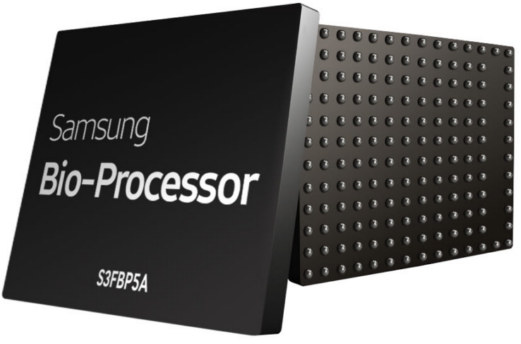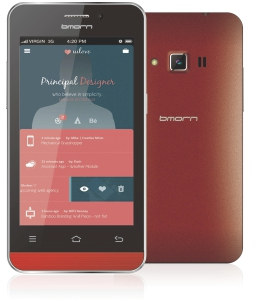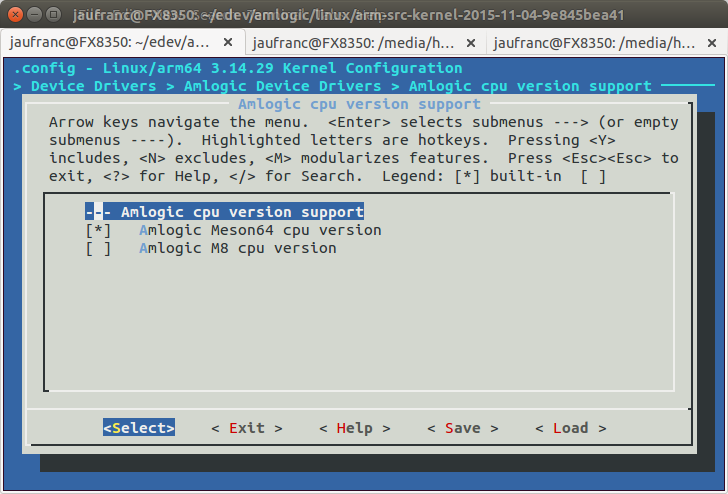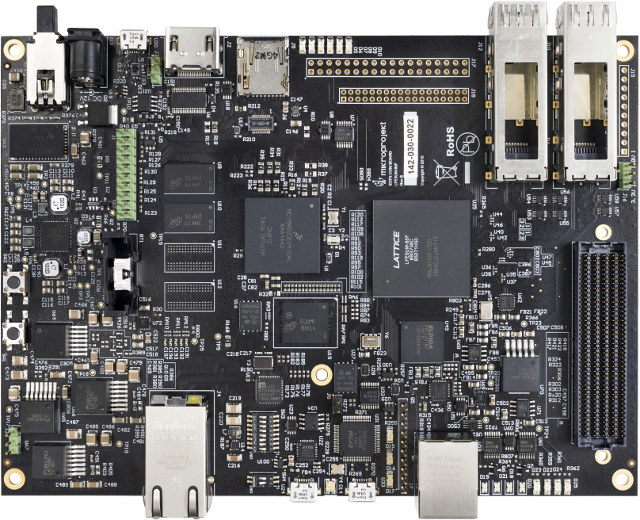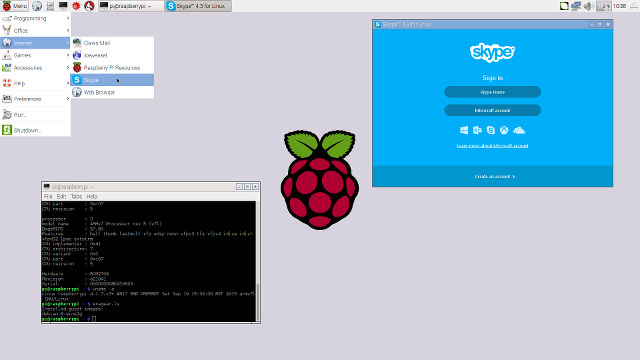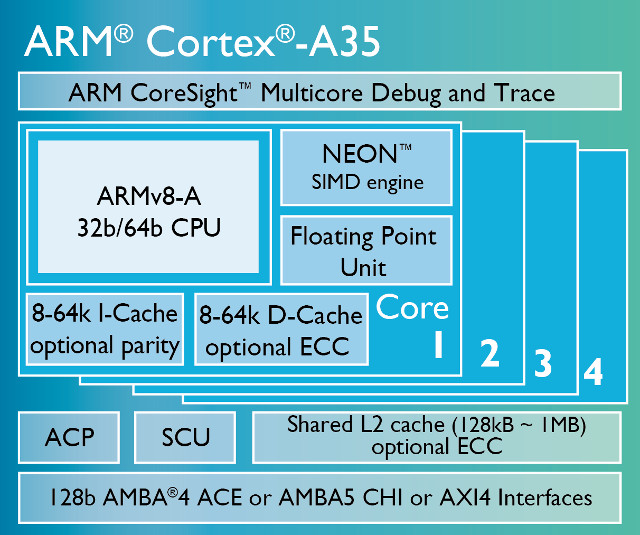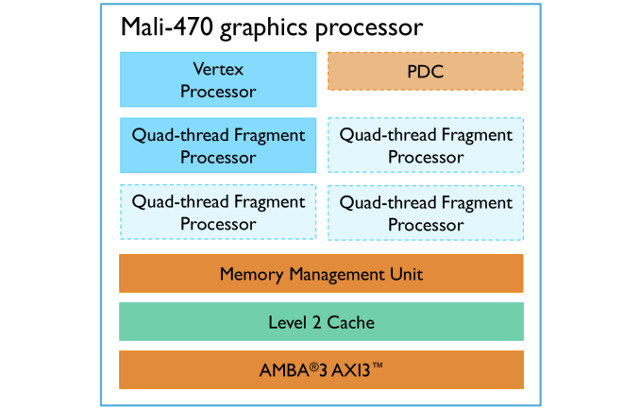We now have many wearables capable of monitoring your activities, be it smartwatches or fitness tracker, and usually they are comprised of several small sensor chips, a low power micro-controller, a Bluetooth radio, and possibly some other ICs . Samsung has been designing and just launched a bio-processor to regroup most of those features into a single chip which should only require a fourth of the area required by current multi-chip solutions. While the press release did not mention the part number, the included picture – shown above – sort of gave a clue, and Samsung S3FBP5A bio-processor has the following specifications: MCU – ARM Cortex-M4 Memory – 256 KB RAM Storage – 512 KB flash DSP Sensors – 5 Analog frontends (AFEs) measuring: PPG (photoplethysmography) ECG (electrocardiography) Skin temperature BIA (bioelectrical impedance analysis) Galvanic skin response (GSR) I/Os – SPI, I2C PMIC Security units The sensors will enable measurements […]
Bmorn W4301 is a $34 Android Smartphone Powered by Intel Atom x3-C3101 Processor
Intel unveils their plans for Atom X3, X5 and X7 processors last year, but so far we’ve mostly seen devices with Atom X5 processors. The lowest end Intel Atom processor, namely X3-C2101 “Sofia” dual core processor, with an ARM Mali-400MP GPU and 3G connectivity did find its way into Teclast X70 3G tablet that is now selling for $64 and up retail (but there’s a deal on Geekbuying for $45.99), and a company called Bmorn is about to launch their W4301 smartphone based on Intel/Rockchip X3-C2101 SoC for just $34 ( factory price in quantities), but I think the retail price should be around $60 including shipping. Bmorn W4301 preliminary specifications: SoC – Intel Atom x3-C3130 dual x86 core processor @ up to 1GHz with Mali-400MP2 GPU @ 533 MHz System Memory – 512MB or 1GB LPDDR2 Storage – 4 or 8 GB eMMC Display – 4″ touchscreen with 800×600 resolution […]
Amlogic S905 Source Code Published – Linux, U-Boot, Mali-450 GPU and Other Drivers
Amlogic has an open linux website where they regurlarly release GPL source code, and with Amlogic S905 devices coming to market, they’ve released a few tarballs at the beginning of the month including Linux 3.14 source code, U-boot source code, and Mali-450MP GPU kernel source code (obviously not userspace), as well as some other drivers for WiFi, NAND flash, PMU, TVIN, etc… Let’s get to the download links: Linux 3.14.29 source code U-boot 2015.01 GPU drivers for ARM Mali-450MP Broadcom and Realtek Wifi drivers and firmware (November 4, 2015) can be found @ http://openlinux.amlogic.com:8000/download/ARM/wifi/. Other kernel modules (November 4, 2015) @ http://openlinux.amlogic.com:8000/download/ARM/modules/. I quickly tried to build the Linux source. If you’ve never build a 64-bit ARM kernel or app before, you’ll fist need to install the toolchain. I installed the one provided with Ubuntu 14.04:
|
1 |
sudo apt-get install gcc-aarch64-linux-gnu |
Now extract the tarball and enter the source directory:
|
1 2 |
tar xvf arm-src-kernel-2015-11-04-9e845bea41.tar.gz cd arm-src-kernel-2015-11-04-9e845bea41 |
At first I […]
Kondor AX FPGA + ARM Networking Board Targets Base Stations, IoT Gateways and IP Cameras
Mikro Project, a company based in Zagreb, Croatia, has recently introduced Kondor AX “Advanced System Development Board” combining Freescale i.MX6Solo processor with Lattice ECP5 FPGA, and targeting “low power applications at the network edge including HetNet (Heterogeneous Networks), Small Cells, Industrial IoT gateways and IP Cameras.” Kondor AX development board specifications: Category Lattice ECP5 LFE5UM-85F-BG756 FPGA Freescale i.MX6 Solo SoC Description 84.000 LUTs 207 Block RAMs 156 18×18 Multipliers 365 IO pins 4 SERDES channels (In/out) 400 MHz LPDDR3 Memory Support 4 PLLs, 4 DLLs ARM Cortex A9 @ 1 GHz 512 KB L2 cache GPU 3D – Vivante GC880 Video Decode: 1080p30 + D1 Video Encode: 1080p30 H.264 BP/ Dual 720p encode Programming options On-board USB JTAG interface 10-pin JTAG header Using i.MX6 processor Memory & Storage 512MB LPDDR3-1600 800 MHz Clock Rate 1x 32-bit channel 512 MB 32-bit DDR3 64Mbit SPI Flash 8GB eMMC Micro SD Card Connectivity […]
Run x86 Linux and Windows applications in Raspberry Pi and other ARM Linux Devices with Exagear
A few weeks ago, I finally decided to buy a Raspberry Pi 2 board as it could always be useful for some testing, at least for comparison purposes. I ended up buying it from Ebay for $40, as it’s $3 to $5 more expensive locally. Nevertheless, I was not sure what I’ll use it first for, but after seeing a tweet for Exagear Desktop software that allows ARM boards to run x86 Linux or Windows applications, the latter through wine. The program is available for Raspberry Pi, Raspberry Pi 2, and ARMv7 devices for $19.95 to $29.95. I asked for a version for testing purposes, and I was given a Google Drive link to download Exagear for Raspberry Pi 2, as well as a 3-month trial key. Installation is very easy. I started by downloading and installing Raspbian Jessie the usual way on a 32GB micro SD card. It went […]
ARM Introduces Cortex A35 64-bit Low Power Core, ARMv8-M Architecture for Secure MCUs
ARM TechCon 2015 has just started, and there have been a few announcements including the launch of a Cortex-A7 replacement with Cortex A35 providing 10% lower power consumption, 6 to 40% performance boost, and a better design flexibility making it suitable for SoC for smartphones to wearables. The main specifications of Cortex A35 cores: Architecture ARMv8-A (AArch32 and AArch64 ) Multicore 1-4x SMP within a single processor cluster, and multiple coherent SMP processor clusters through AMBA 5 CHI or AMBA 4 ACE technology ISA Support AArch32 for full backward compatibility with ARMv7 AArch64 for 64-bit support and new architectural features TrustZone security technology NEON Advanced SIMD DSP & SIMD extensions VFPv4 Floating point Hardware virtualization support Debug & Trace CoreSight DK-A35 The new core can both be used in quad core configuration at 1 GHz for a smartphone (90 mW per core), or in single core configuration at 100 MHz […]
Linux 4.3 Release – Main Changes, ARM and MIPS Architectures
Linus Torvalds released Linux Kernel 4.3 last week-end: So it *felt* like the last week of the rc series was busy, to the point where I got a bit worried about the release. But doing the actual numbers shows that that really was just my subjective feeling, probably due to the kernel summit and travel back home from Korea. It wasn’t actually a particularly busy week, it’s just that the pull requests were more noticeable in the last couple of days. We had a network update and a late fix for a x86 vm86 mode bug introduced by the vm86 cleanups, but other than that it’s just a collection of various small one-liners all over. Ok, the vm86 mode thing was a one-liner too, it was just slightly more nerve-wracking because it looked scarier than it was before people (Andy) figured out what was going on. The changes from rc7 […]
ARM Introduces Mali-470 GPU for Wearables, IoT and Embedded Applications
Mali-400 was announced in 2008, and since then has been used in various SoCs for smartphone, but now it’s mostly replaced by Mali-450 GPU in low cost mobile and STB SoCs, although Mali-400 is still being implemented in new SoCs such as Rockchip RK3128 processor. ARM has been working on a lower power version of the GPU, and just unveiled Mali-470 GPU targeting wearables, as well as embedded and IoT applications. Mali-470 GPU is said to use the same memory and AMBA interfaces as Mali-400, while keeping some of the improvements brought to Mali-450 GPU, and further lowering power consumption to just half of that Mali-400 in terms of mW per frames per second. Just like its predecessors, Mali-470 supports OpenGL ES 2.0, and like Mali-400 it will scale from 1 to 4 fragment processor, always combined with one single vertex processor. Mali-470MP1 is likely to be used in wearables […]


